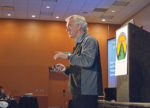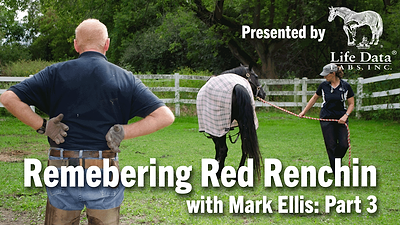Advertise Follow Us
Anatomy
A Question of Balance: A Hoof-Care Constant
Advice on this important topic, drawn from the AFJ archives
Read More
How Much Of What We ‘Know’ About Hoof Anatomy Is Based On Bad Feet?
Michigan State researcher suspects the answer is "too much"
Read More
Hoof Packing
Delivering Sole Support Through Hoof Packing
Understanding the foot’s internal structures and the materials you are using is crucial for properly applying hoof packing for sole support
Read More
Dealing With Leg Deformities
Here’s a rundown regarding the best ways to evaluate the typical leg deformities you may face in your hoof-care work
Read More









